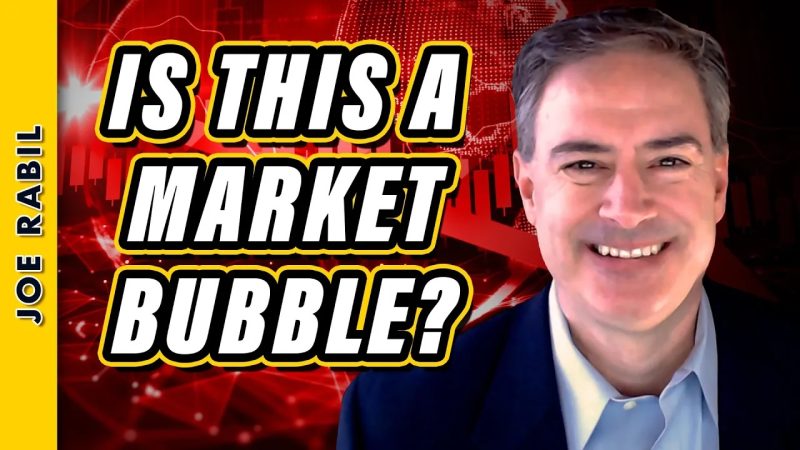
Is This a Market Bubble – or Investor Frenzy?
In the midst of the ongoing debate over whether the current market surge is a bubble or investor mania, it is crucial to delve deeper into the intricate dynamics and underlying drivers that shapes the financial landscape. As investors grapple with uncertainty and volatility, it is imperative to adopt a balanced perspective that considers various factors influencing market behavior.
One pertinent aspect that demands attention is the role of technology and digital advancement in fueling market enthusiasm. In the era of digitization and rapid technological progress, it is undeniable that investor sentiment is significantly influenced by tech innovations and disruptive trends. The emergence of tech-savvy retail investors, armed with easy access to information and trading platforms, has brought about a new wave of market participation and activity. The democratization of investing, enabled by fintech solutions and social media, has amplified market exuberance and propelled certain stocks to unprecedented heights.
Moreover, the low interest rate environment has been a key catalyst driving investor behavior in search of higher returns. With central banks employing accommodative monetary policies to stimulate economic growth and mitigate the impact of the global pandemic, investors are faced with limited options for yield generation. This has led to a flood of capital into risk assets such as equities, further buoying market prices and valuations. The search for yield amid low-interest rates has pushed investors towards riskier assets, potentially fueling speculative behavior and asset bubbles.
Another crucial factor that cannot be overlooked is the influence of social and psychological factors on investor decision-making. The herd mentality and fear of missing out (FOMO) are pervasive in the financial markets, driving investors to follow the crowd and engage in momentum trading. The fear of being left behind or not capitalizing on potential gains can lead to irrational exuberance and excessive risk-taking. Behavioral economics sheds light on the emotional and psychological biases that can distort investor perceptions and lead to suboptimal decision-making.
Furthermore, the rise of meme stocks and cryptocurrencies has added a new dimension to the market landscape, characterized by retail-driven speculative fervor and unconventional trading patterns. The power of social media and online communities in shaping market narratives and influencing stock prices cannot be underestimated. The frenzy surrounding meme stocks like GameStop and AMC Entertainment has highlighted the influence of retail investors in challenging traditional market dynamics and exerting significant pressure on institutional players.
In conclusion, the debate between market bubble and investor mania underscores the complex interplay of technological, economic, and psychological factors shaping market behavior. As investors navigate through uncertain and volatile market conditions, it is essential to maintain a disciplined approach grounded in thorough research, risk assessment, and long-term financial planning. By understanding the multifaceted drivers of market exuberance and adopting a prudent investment strategy, investors can mitigate risks and capitalize on opportunities in an ever-evolving financial landscape.
